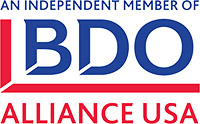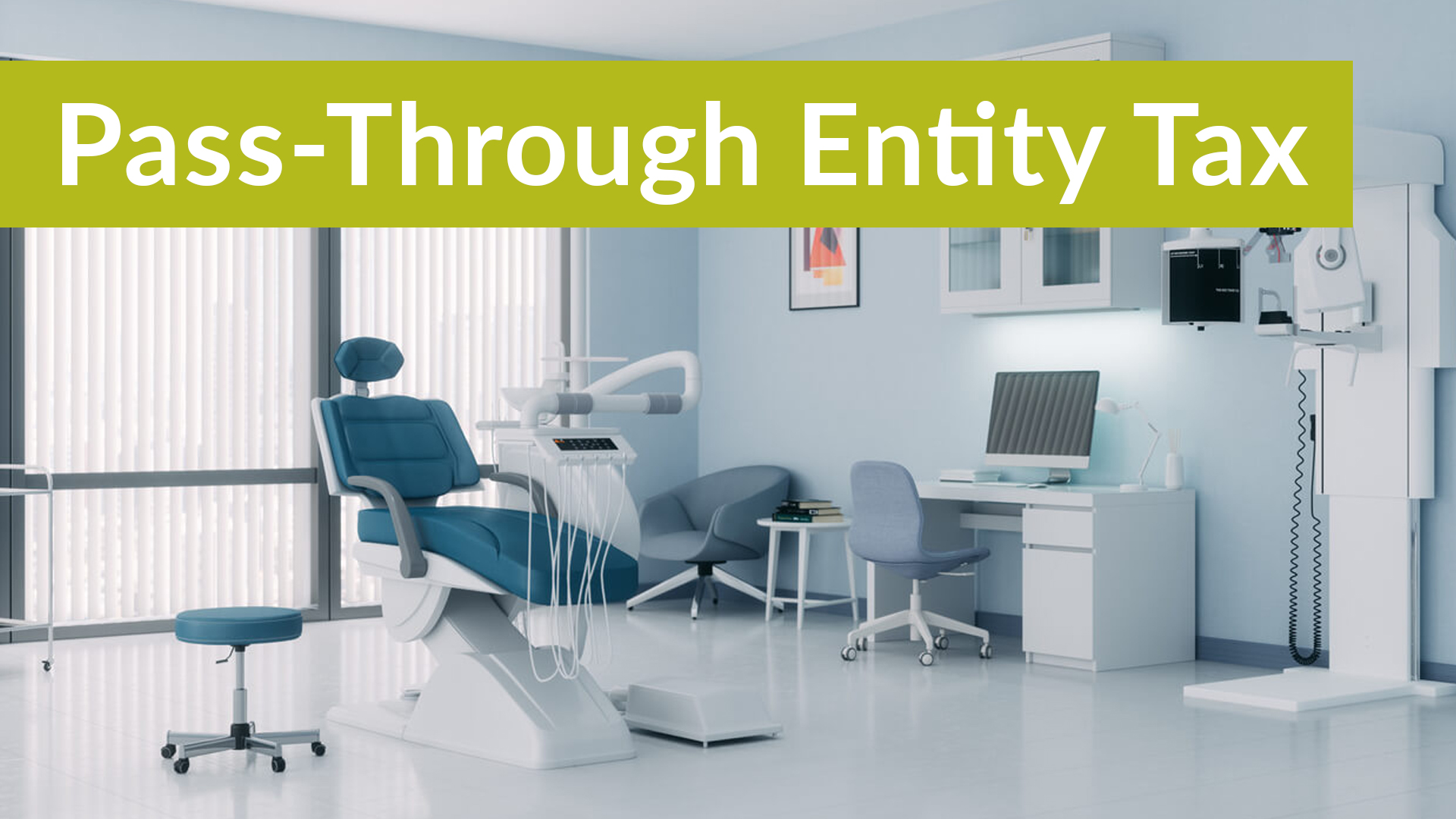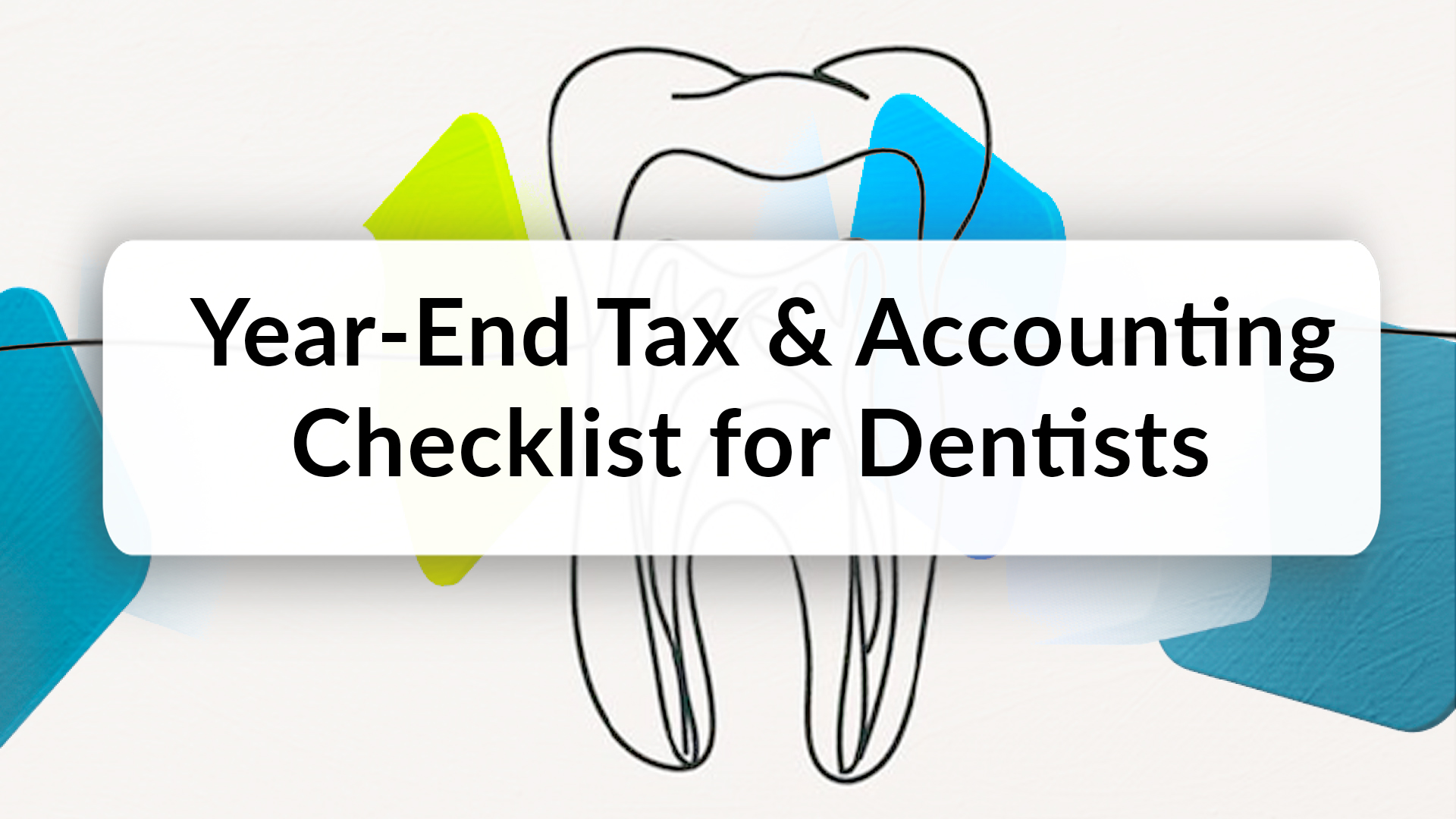
The Treasury Department’s Green Book outlines proposals supported by the Biden Administration that would increase federal tax rates for corporations and high-income individuals, generally effective for taxable years beginning after December 31, 2021. Under these proposals:
- The corporate tax rate would increase from 21% to 28%;
- The effective tax rate on global intangible low-taxed income (GILTI) would increase from 10.5% to 21%;
- The top marginal ordinary income tax rate for individuals would increase from 37% to 39.6%; and
- The tax rate on long-term capital gains of individuals would increase from 20% to 39.6% (43.4% including the net investment income tax) for taxpayers with adjusted gross income exceeding $1 million ($500,000 for married individuals filing separately), indexed for inflation.
Note that the increased tax rate on long-term capital gains is currently proposed to apply retroactively to gains recognized after April 28, 2021.
If the Administration’s proposed rate increases are enacted, the timing of income recognition and deductions becomes critical for taxpayers that want to minimize their tax liabilities for 2021 and subsequent years. The general strategy when tax rates go up is to accelerate income recognition so that income is taxed at the existing lower rate, and to defer deductions so that they generate future tax benefits at the higher rate. With proper planning, this strategy can result in permanent tax and cash savings over time.
BEAT
The administration’s proposal would repeal the current BEAT provisions and replace them with a new regime referred to as Stopping Harmful Inversions and Ending Low-Taxed Developments (SHIELD). Under the proposed SHIELD rules, a deduction (whether related- or unrelated-party deductions) would be disallowed to a domestic corporation or branch, in whole or in part, by reference to all gross payments that are made (or deemed made) to “low-taxed members,” defined as members of a financial reporting group whose income is subject to an effective tax rate that is below a designated minimum tax rate. The designated minimum tax rate would be determined by reference to Pillar Two of the OECD/G20 Inclusive Framework on BEPS. However, if an agreement has not been reached on minimum taxation under that framework by the time of the enactment of SHIELD, the designated minimum tax rate would be 21%.
In a related development, the Group of Seven finance ministers on June 5 issued a statement in support of a 15% global minimum tax imposed on a country-by-country basis, and expressed a commitment to reaching “an equitable solution” on the allocation of taxing rights among jurisdictions.
The amount disallowed would be determined in a two-step process. First, those payments that are made directly to low-tax members would be disallowed. Second, amounts paid directly to members that are not low-taxed members would be disallowed to the extent of the ratio of low-tax income of all members to the total income of all members.
Many details on the application of these rules remain unknown. Moreover, unlike the BEAT rules, which applied solely to deductions and not to reductions of gross income (e.g., amounts included in cost of goods sold), the SHIELD rules also would apply to amounts paid for items included in cost of goods sold by the U.S. corporation of U.S. trade or business.
Income Acceleration
Some of the common ways to accelerate taxable income include:
- Advance Payments. Taxpayers are generally required to recognize advance payments as income using either the one-year deferral method or the full-inclusion method. Adopting or changing to the full-inclusion method may allow taxpayers to recognize the income earlier, i.e., when the payments are received.
- Installment Sale. If any proceeds associated with a sale are to be received after the close of the taxable year, taxpayers generally are required to use the installment sale method to defer the portion of the gain associated with the unpaid proceeds. However, taxpayers may elect out of the installment sale method, which would cause the total gain to be recognized in the year of the sale.
- Sale Lease-back. Taxpayers that sell appreciated property and then lease it back generally recognize gain in the year of the sale and generate future year deductions for the lease expense. However, sale lease-back transactions structured or recharacterized as financing transactions would not have the same tax result.
Deduction Deferral
For certain liabilities that are generally deductible based on when they are paid, if contractually feasible, accrual method taxpayers may be able to defer the payment of the liability so that the deduction falls in the higher rate tax year. Examples of these liabilities include:
- Accrued Liabilities. Subject to limitations, certain accrued liabilities such as warranties, rebates, insurance and taxes are generally deductible when they are paid.
- Accrued Compensation. Certain compensation such as bonuses or severance is generally deductible when accrued provided the payment is made within 2.5 months after the end of the taxable year. If the payment is further delayed, the deduction is allowed in the tax year in which the payment is made.
- Related Party Payments. Certain related party liabilities such as interest and service fees—including liabilities owed to cash method related parties or foreign related parties—typically may not be deducted until the payment is made or recognized as income by the related party.
Other common ways to increase future tax deductions include:
- Expense Capitalization. Qualifying expenses such as research and experimental (R&E) costs and certain costs associated with tangible or intangible property may be either deducted in full in the current year or capitalized and amortized over an extended period. If the expense is capitalized, the period over which it is fully deductible may be lengthy. (Note that for tax years beginning after 2021, all U.S.-based and non-U.S.-based R&E expenditures must be capitalized and amortized over five and 15 tax years, respectively).
- Depreciation. Taxpayers may elect to forgo bonus depreciation or immediate expensing (Section 179) for fixed assets. By electing out, taxpayers will depreciate the fixed assets over their respective tax lives instead of fully deducting the cost of the fixed asset in the year of acquisition.
Note that certain opportunities listed above for income acceleration or deduction deferral require the taxpayer to change their method of tax accounting for the particular item of income or expense under specific automatic or non-automatic procedures.
NOL Preservation
NOLs of corporations become more valuable when the corporate tax rate increases. A corporation’s ability to use its NOL carryover may be severely impaired if the corporation experiences a “Sec. 382 ownership change,” defined as a more than 50% change in ownership of stock among certain 5% shareholders over a rolling three-year period. A Sec. 382 ownership change is not the same as a “change in control.” Any equity financing, redemption, or share transfer by shareholders could contribute to a Sec. 382 ownership change.
The preservation of NOLs reduces taxable income and the carryback and carryforward rules may allow corporations to manage the period of utilization to produce the greatest tax benefits. Corporations with NOLs should monitor their equity movements to avoid a Sec. 382 ownership change if possible.
Other Situations
It is important to note that even if rates increase next year, some taxpayers—depending on their specific situations—may instead wish to consider opportunities that defer income recognition and accelerate deductions. For example, the Coronavirus Aid, Relief, and Economic Security (CARES) Act offers a five-year carryback of NOLs generated in a taxable year beginning after December 31, 2017, and before January 1, 2021. As such, corporations may still be able to implement method changes or elections with their 2020 returns to generate losses that can be carried back to a higher rate tax year, potentially offering a 35% tax refund. The same holds true for pass-through entities, which may be able to generate losses that can be carried back by individual owners to a tax year offering a refund as high as 39.6%.
Whether a particular strategy can provide tax savings depends on the taxpayer’s tax posture, future tax rates, future company performance and other specific facts and goals of the business and its owners. Regardless of whether tax rates increase in 2022, taxpayers should begin now to review their tax profiles and model the tax benefits associated with any feasible tax savings opportunities, especially for those requiring action before the end of 2021. For taxpayers that wish to implement tax accounting method changes for 2020, there may still be time if their tax returns are extended through September 15 or October 15, 2021.
Should you have any questions, please feel free to call us at 708-386-1433 (Oak Park) or 630-577-9074 (Naperville).




